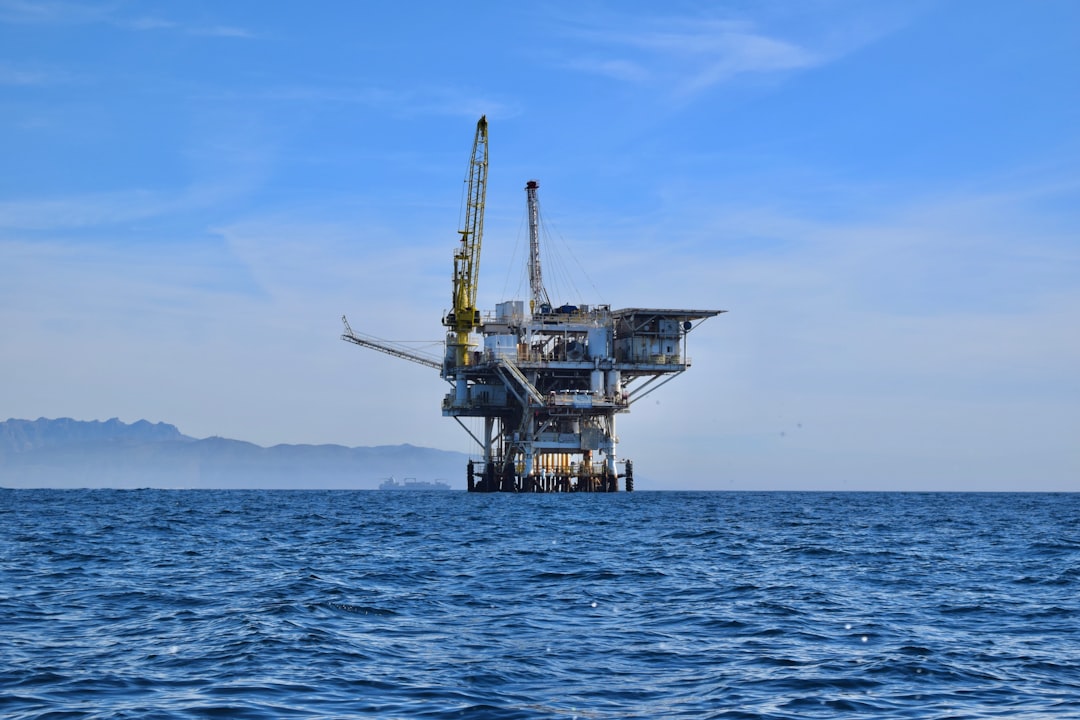What is it about?
The ocean thermal energy conversion (OTEC) process uses the difference in temperature between the warm seawater on the ocean surface and the deep cold seawater to operate a Rankine cycle system for producing electrical power without consuming fossil fuel. This thermodynamic cycle uses a very low temperature gradient that limits its efficiency at 3–5%. Consequently every consumptions and losses of the system have to be optimized to increase the cost-effectiveness of this technology. This paper presents a thermodynamic analysis of a closed OTEC Rankine cycle. The model used in this paper is based on the work of Martins, using the concept of equivalent Gibbs systems. In an equivalent system, mass, energy and entropy are linked through the Gibbs equation, and the entropy production can easily be expressed in terms of fluxes and their related forces. Assuming linear phenomenological laws, the phenomenological coefficients are assessed from technical data. This method permits the study or design of a lot of process engineering. Moreover, a reliable analysis of the second principle can be realized, in order to compare several processes. This method will be used to analyze the cycle, to determine which components need to be optimized. Based on these results, sensitivity analysis are made on these components and the generic optimization program GenOpt is used to determine the optimized parameters of a 10 MW OTEC plant that could be installed on Reunion Island.
Featured Image
Read the Original
This page is a summary of: Thermodynamic analysis and optimization of a 10MW OTEC Rankine cycle in Reunion Island with the equivalent Gibbs system method and generic optimization program GenOpt, Applied Ocean Research, October 2015, Elsevier,
DOI: 10.1016/j.apor.2015.07.006.
You can read the full text:
Contributors
The following have contributed to this page










